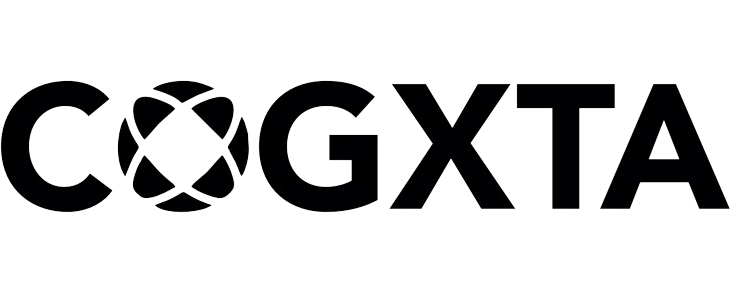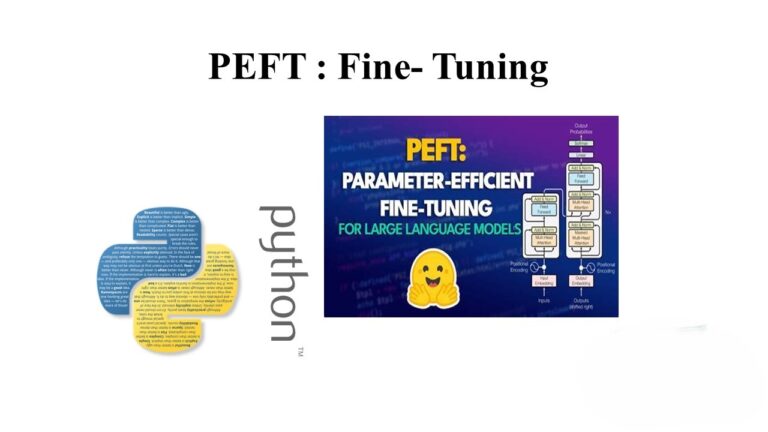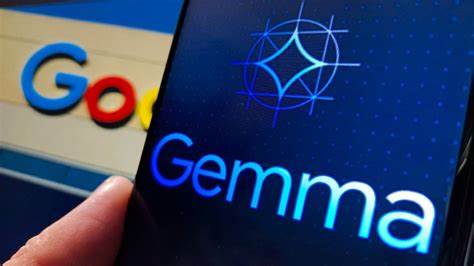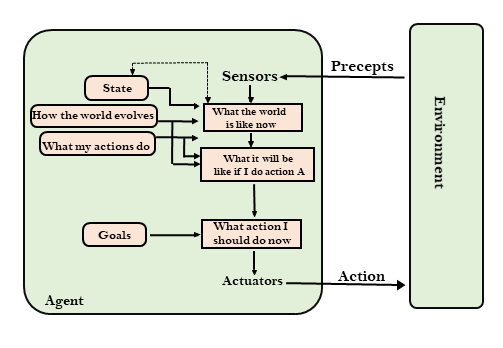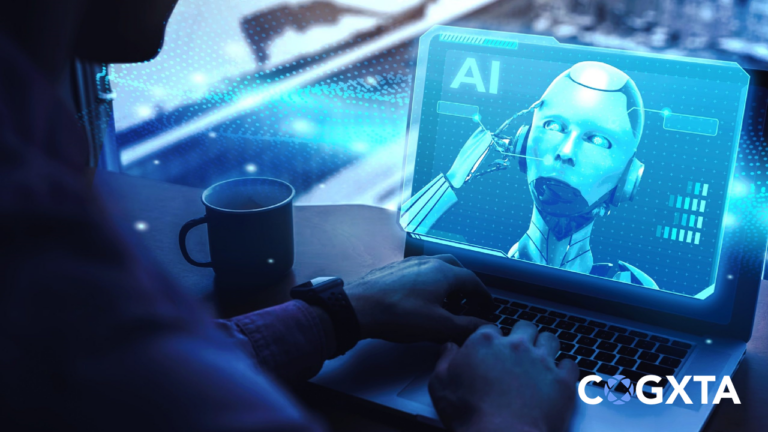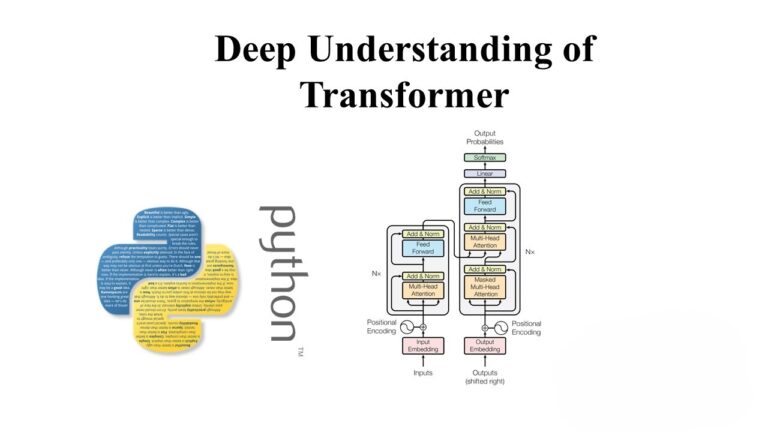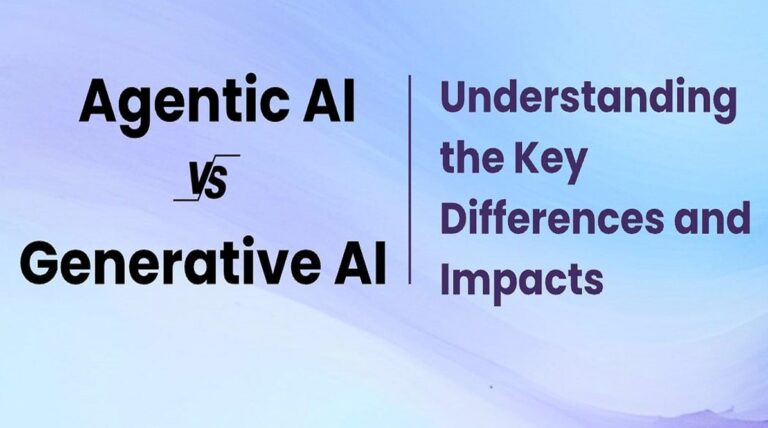OpenAI’s ChatGPT Unleashes a Ghibli-Inspired AI Art Revolution
The internet has a new obsession, and it’s as enchanting as a Studio Ghibli film. On March 25, 2025, OpenAI rolled out a game-changing update to ChatGPT’s GPT-4o model, introducing advanced image generation capabilities that have taken the digital world by storm. Within hours of the release, social media platforms like X were flooded with Ghibli-style transformations—ordinary selfies, pet photos, and even historical moments reimagined in the whimsical, hand-drawn aesthetic of Studio Ghibli. This viral trend is a testament to AI’s growing creative potential, but it’s also sparking debates about ethics, artistry, and the future of animation.
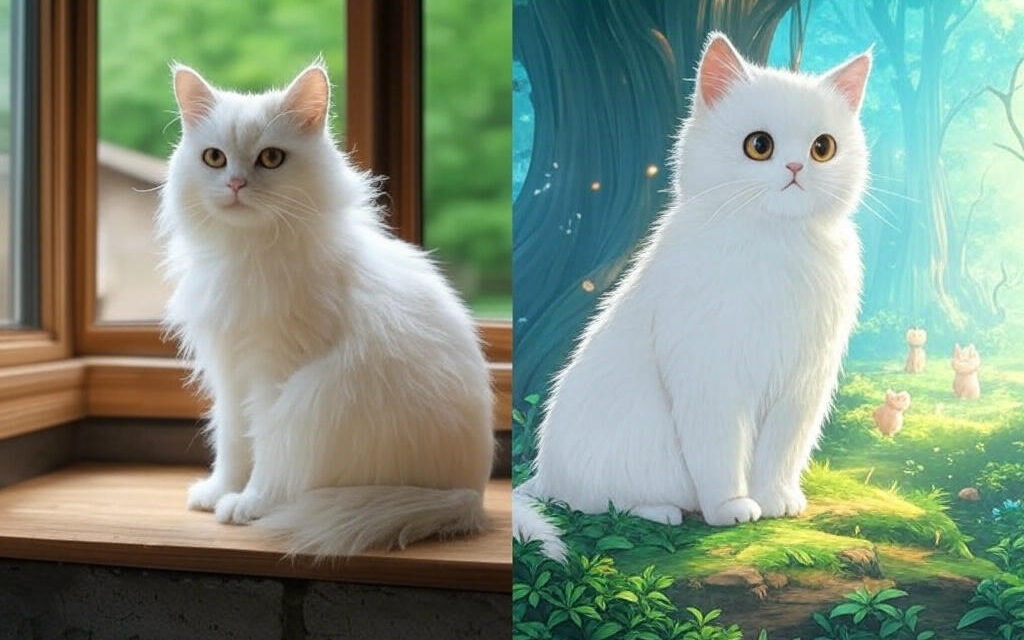
A Technological Marvel: ChatGPT’s New Superpower
The magic behind this trend lies in ChatGPT’s “Images in ChatGPT” feature, integrated into the GPT-4o model. Unlike OpenAI’s earlier image generator, DALL-E, which operated separately, this “omnimodal” system can handle text, images, audio, and video all at once. Users can now upload a photo—like a fluffy white cat on a windowsill—and prompt ChatGPT to transform it into a Ghibli-style illustration. The result is a seamless blend of AI precision and the soft, nostalgic charm of Studio Ghibli’s iconic art, complete with lush landscapes and expressive characters. Available to Plus, Pro, Team, and initially Free users (before throttling due to high demand), the feature also lacks the watermark seen in DALL-E outputs, making the images feel more polished. Even OpenAI CEO Sam Altman joined the trend, swapping his X profile picture for a Ghibli-fied version of himself, further amplifying the craze.
Why Studio Ghibli? A Legacy of Wonder
Studio Ghibli, founded in 1985 by Hayao Miyazaki, Isao Takahata, and Toshio Suzuki, is a Japanese animation studio renowned for its breathtaking visuals and heartfelt storytelling. Films like Spirited Away, Princess Mononoke, and Howl’s Moving Castle have captivated global audiences with their hand-drawn artistry, vibrant worlds, and emotional depth. The studio’s signature style—marked by delicate lines, vivid colors, and a sense of wonder—makes it a perfect candidate for AI replication. Users have transformed everything from their pets to family portraits into Ghibli-esque scenes, with cats frolicking in enchanted forests and friends reimagined as wide-eyed adventurers. However, the trend has also taken a darker turn, with some “Ghiblifying” historical tragedies like the JFK assassination or 9/11, prompting ethical concerns. Even the White House got involved, posting a Ghibli-style image of an Immigration and Customs Enforcement arrest, highlighting the trend’s far-reaching impact.
The Ethical Dilemma: Art or Appropriation?
While the Ghibli trend is undeniably fun, it’s not without controversy. OpenAI’s GPT-4o model likely trained on vast datasets, but the company hasn’t disclosed whether Studio Ghibli’s copyrighted works were used. This raises questions about fair use and intellectual property, especially since Miyazaki, a vocal critic of AI art, once called it “an insult to life itself” in 2016. For many artists, the ease with which ChatGPT mimics Ghibli’s style feels like a double-edged sword—a tribute to a beloved studio, but also a potential theft of its creative essence. Poet Puneet Sharma captured the sentiment on X: “The sad part isn’t that AI is generating Ghibli-style art… What’s sad is that most users know nothing of Miyazaki, nor do they grasp the difference between process and processed, between creation as a journey and consumption as a shortcut.”
A Cultural Phenomenon with Growing Pains
The Ghibli craze has pushed OpenAI’s infrastructure to its limits, with Altman noting on X that the company’s GPUs were “melting” under the demand, leading to rate limits and delayed free-tier access. Meanwhile, the trend has sparked a broader conversation about AI’s role in creativity. While some celebrate the democratization of art, others worry about the erosion of human craftsmanship. As legal battles over AI training data continue, the Ghibli trend serves as a microcosm of the larger debate: Where do we draw the line between inspiration and imitation? For now, users continue to revel in the magic, turning everyday moments into Ghibli masterpieces. Whether Studio Ghibli embraces this digital homage or pushes back remains to be seen, but one thing is clear—this AI art revolution is just getting started.
